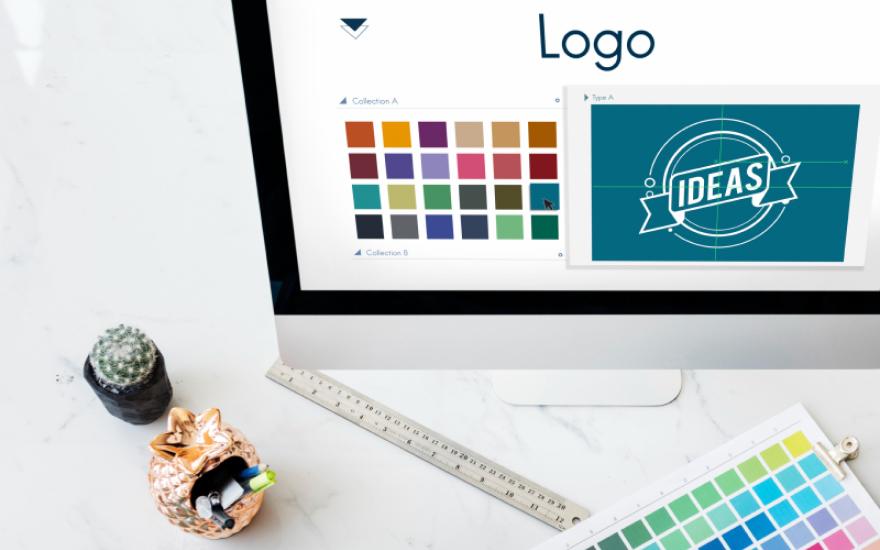Let’s dive into the logo types and examples of each kind
Introduction
In the realm of branding and marketing, logos are crucial. They act as a company's visual image, making a lasting impact on customers. We will examine the many kinds of logos in this post and provide examples from well-known companies.

Significance of Logos
Prior to exploring the many kinds of logos, it is important to comprehend the importance of a well-designed logo. Customers know a brand by its logo, which serves as its face. They leave a lasting impression, establish trust, and strengthen brand identification. A successful brand may be made or broken by a well-designed logo.
Identifying Different Types of Logos
There are many different kinds of logos, and each has special qualities and uses. Let's examine each one in turn:
Wordmarks (Logotype)
A wordmark, often called a logotype, is a stylized typeface that contains the brand name. These text-based logos focus on typography to provide an eye-catching impression. Wordmark logos are exemplified by Coca-Cola, Disney, and Google.

Lettermarks
Lettermarks create the logo from the initials or symbols of the brand. They are perfect for well-known businesses. IBM (International Business Machines) and HBO (Home Box Office) are two companies with well-known lettermark logos.
Pictorial Marks (Logo Symbols)
Often referred to as logo symbols, pictorial markings use an image or icon to symbolize the brand. In the absence of the corporate name, these logos are quite identifiable. The bird symbol on Twitter and the apple emblem on Apple are two notable examples.
Abstract Logo Marks
Non-representational, abstract logo markings employ forms and shapes to establish a distinctive company identity. One example is the Nike swoosh symbol.
Mascot Logos
A mascot logo is an illustrated figure that is frequently associated with the identity and core values of the firm. Two great examples of mascot logos are Colonel Sanders from KFC and the Michelin Man.
Combination Marks
Combination marks provide a logo a comprehensive look by combining text and a visual element. Well-known combination marks are Adidas' three stripes and corporate name, and Burger King's name and hands clutching a bun.
The Role of Color in Logos
In logo design, color is essential since it conjures up connections and feelings. For example, blue denotes dependability and trustworthiness, while red represents passion and energy. Strategic color selection is used in logo design, frequently complementing the messaging of the business.

Logo Evolution Over Time
In order to adjust to shifting periods and market trends, logos might change. To remain current, they could go through minor adjustments or whole redesigns. This development frequently mirrors the path of the brand.
Conclusion
The visual foundation of a brand's identity, logos are essential to marketing and customer awareness. Diverse logo forms offer adaptability and address distinct branding requirements. Businesses may make wise judgments when developing or updating their logos by being aware of the influence logos have on consumer perception of their brands.

